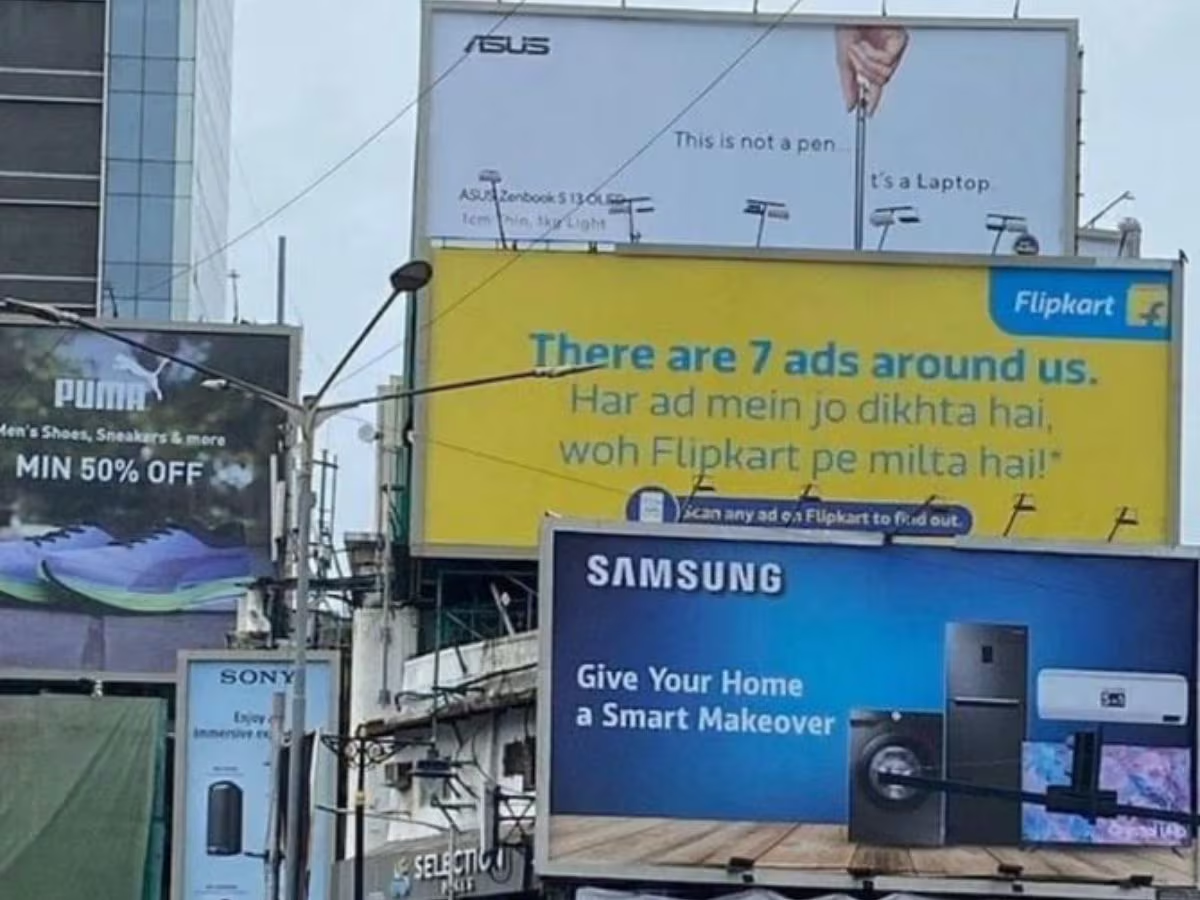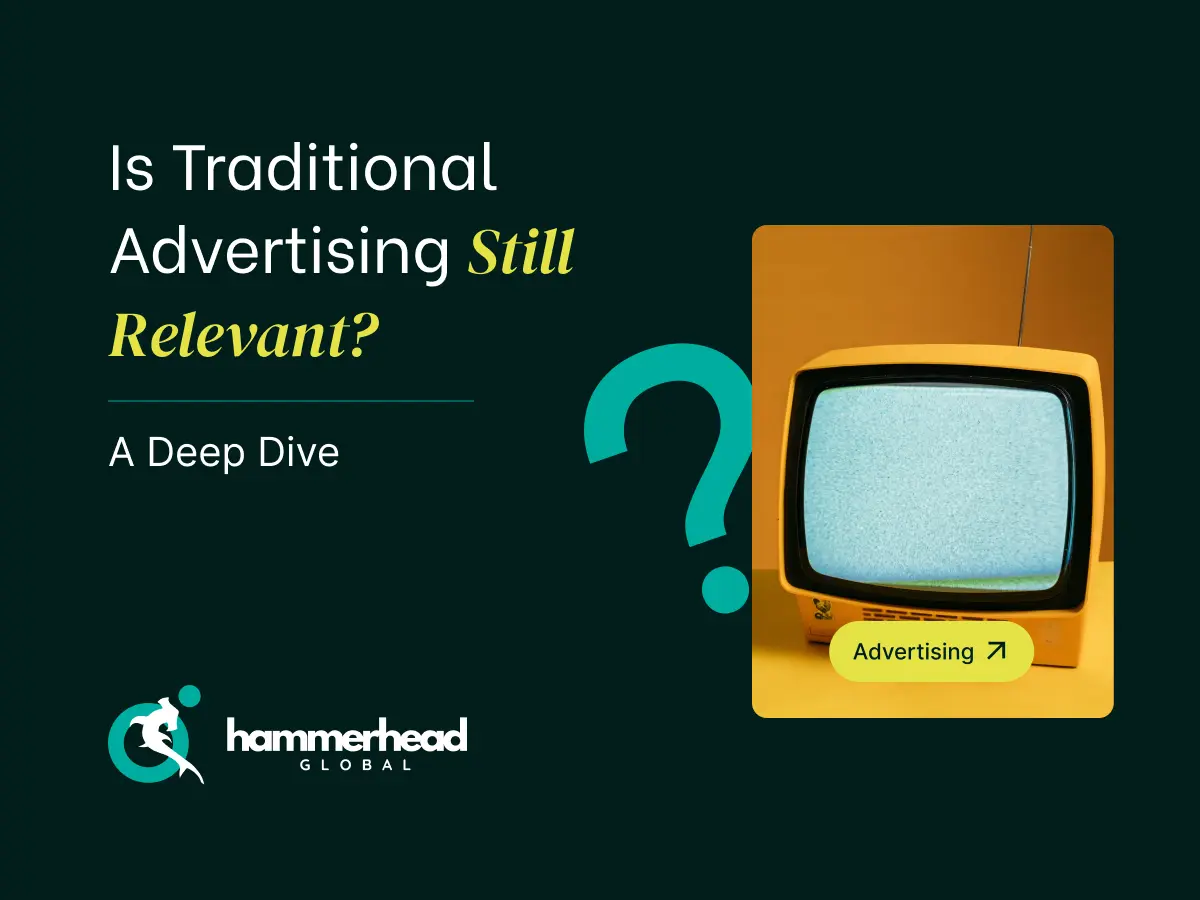Is Traditional Advertising Still Relevant? A Deep Dive
Is traditional advertising still relevant? For years, marketers have debated whether traditional advertising still holds weight in an industry increasingly dominated by digital platforms. With brands pouring millions into social media, influencer marketing, and data-driven campaigns, it’s easy to assume that TV ads, radio spots, newspaper advertising, and billboards are relics of the past.
But here’s the truth: traditional advertising isn’t dead it’s evolving.
There’s a reason why Super Bowl commercials still command millions of dollars per slot, why radio ads continue to dominate morning commutes, and why billboard advertising remains one of the most effective branding tools in the world. Traditional media has something that digital often lacks: credibility, mass reach, and an unavoidable physical presence.
Consumers today are constantly bombarded with digital ads so much so that many have trained themselves to scroll past them, ignore them, or block them altogether. In contrast, traditional ads don’t rely on an algorithm to get noticed. You don’t skip a TV commercial playing on your screen. You can’t block out a billboard looming over a highway. You don’t scroll past a full-page magazine ad it’s there, commanding attention.
The reality is that the most impactful brands aren’t choosing between traditional and digital they’re using both. In this deep dive, we’ll break down why traditional advertising still works, how it’s evolving, and why it’s a critical part of a modern marketing strategy.
The Enduring Power of Traditional Advertising

Despite the rise of digital marketing, traditional advertising remains a force to be reckoned with. Its ability to build trust, reach massive audiences, and create a tangible brand presence proves that some strategies never lose their impact- they just evolve.
Trust & Credibility in Established Media
Consumers today are skeptical. Ad-blockers are on the rise, social media algorithms are unpredictable, and data privacy concerns are at an all-time high. In contrast, traditional advertising- especially television, radio, and print media- has maintained a level of trust that digital platforms struggle to match.
A full-page spread in Forbes, The New York Times, or Vogue carries an inherent prestige. A prime-time TV commercial on a major network feels more authoritative than a pre-roll ad on YouTube. The credibility of these platforms transfers to the brands that advertise on them, making them instantly more trustworthy in the eyes of consumers.
This is why many luxury brands, financial institutions, and high-end retailers still invest heavily in traditional advertising. Prestige can’t be built through Instagram ads alone.
Related: How to Plan Your Marketing Budget in 2025
Mass Awareness & Unmatched Reach
Traditional advertising is one of the few remaining ways to reach an audience at scale. Digital marketing is highly targeted, but it’s also highly fragmented reaching different people on different platforms, often with limited overlap.
Television advertising, radio advertising, and billboards, on the other hand, broadcast a message to millions at once. A 30-second Super Bowl ad isn’t just seen by a niche audience- it’s seen by over 100 million viewers in a single moment. A nationwide radio campaign reaches commuters across cities simultaneously. A well-placed billboard in a high-traffic area is seen by thousands of people daily, without interruption.
If brand awareness is the goal, there is still no better tool than traditional advertising.
Physical Presence in a Digital-First World
Traditional ads exist outside of the digital space, making them unskippable, unscrollable, and immune to ad blockers. Digital ads disappear with the swipe of a finger, but a billboard stands tall for weeks, months, or even years.
When brands invest in billboards, print media, or television advertising, they create a sense of permanence and legitimacy. A digital ad may get lost in a sea of content, but a larger-than-life billboard towering over a city skyline makes a statement that sticks.
Related: Best Social Media Platforms for Advertising in 2025
How Traditional Advertising Is Evolving

Traditional advertising isn’t fading it’s adapting to a digital-first world. With advancements in TV, radio, print, and billboards, brands are merging classic strategies with modern technology to stay relevant, impactful, and impossible to ignore.
Television Advertising: The Rise of Multi-Screen Engagement
TV advertising has changed, but it’s far from dead. Traditional TV ads are now being integrated with digital strategies to extend their lifespan and reach.
Streaming services like Netflix, Hulu, and Disney+ have introduced ad-supported tiers, proving that even digital-first viewers still engage with television advertising. Brands now create campaigns that start on TV and continue the conversation online driving viewers to social media, websites, or interactive digital experiences.
Radio Advertising & the Audio Renaissance
While traditional radio ads still dominate drive-time listening, brands are now expanding their audio strategies into podcast sponsorships, in-stream ads on Spotify, and smart speaker activations. Studies show that podcast listeners are 60% more likely to purchase a product after hearing it advertised- making this one of the most trusted and effective ad formats today.
Print Media: Reinventing Newspaper & Magazine Advertising
Print isn’t dying it’s becoming more exclusive. Newspaper advertising is still powerful for local businesses and niche industries, while magazine advertising remains a go-to for luxury brands that rely on prestige.
Consumers may spend more time online, but they trust print more than digital media, and advertisers are leveraging that trust by focusing on high-end, targeted print placements.
Billboard Advertising: The Digital Takeover
Billboards aren’t just static posters anymore. Digital billboard advertising is transforming out-of-home advertising, allowing brands to update messaging in real time, integrate social media content, and even use geotargeting to deliver hyper-local brand experiences.
These interactive, data-driven billboards bring together the best of both traditional and digital advertising, proving that OOH advertising isn’t just relevant it’s thriving.
Traditional Advertising vs. Digital Advertising: Who’s Really Winning?
Despite digital marketing’s rapid expansion, traditional advertising still commands a significant market share, and in some industries, it outperforms digital. A Nielsen study found that TV ads drive 4X higher brand recall than digital video ads, proving that television remains one of the most effective advertising mediums.
Even radio advertising, often overlooked in the digital era, continues to thrive. 83% of Americans still listen to the radio weekly, and 75% of drivers say they pay attention to radio ads while commuting. These numbers prove that audio advertising still holds a captive audience, making it an essential channel for brand recall.
Billboard advertising also continues to be a force in the industry. According to Out of Home Advertising Association of America (OAAA), 71% of consumers often look at billboards while driving, and 55% say they were highly engaged by digital billboards displaying dynamic, real-time content.
The ROI of Traditional Advertising: Does It Still Deliver?
A major advantage of digital advertising is its ability to track ROI in real time, but that doesn’t mean traditional advertising lacks measurable impact. In fact, studies show that TV advertising delivers an average ROI of $4.20 for every $1 spent, outperforming many digital formats.
Print media also continues to deliver strong results. A Temple University study found that print ads engage more brain activity than digital ads, making them more likely to be remembered and acted upon. Additionally, 67% of consumers say they trust newspaper and magazine ads more than social media ads, proving that credibility still plays a crucial role in advertising effectiveness.
Radio advertising also boasts impressive conversion rates. A study by Nielsen revealed that radio campaigns generate a 10% lift in store traffic and a 17% increase in purchase intent, reinforcing the effectiveness of audio advertising for driving real-world action.
The Best Marketing Uses Both Traditional & Digital: Final Takeaway
Traditional advertising isn’t dead. It’s evolving. While digital marketing dominates in precision, data analytics, and interactivity, TV advertising, radio ads, billboards, and print media still hold immense value, especially when strategically combined with modern digital strategies.
The smartest brands aren’t abandoning traditional media- they’re leveraging it as a power move, integrating it alongside digital platforms to maximize brand impact, create omnipresence, and ensure their message is seen, heard, and remembered. TV and radio campaigns now extend into social media engagement, billboards feature QR codes leading to interactive online experiences, and print media is being revitalized with AR technology to merge the physical and digital seamlessly.
The question isn’t whether traditional advertising is still relevant- it’s how you’re using it. The most dominant brands aren’t choosing between traditional or digital; they’re using both to create a marketing ecosystem that blends credibility with innovation, mass awareness with hyper-targeted engagement, and physical presence with digital interactivity.
If your brand wants to cut through the noise, own the space, and dominate the market, the answer isn’t one or the other. It’s both.
FAQs
Is traditional advertising still effective in the digital age?
Yes, traditional advertising remains highly effective, especially when combined with digital strategies. TV ads, radio spots, print media, and billboards still drive mass awareness, build credibility, and create brand recognition in ways that digital alone cannot.
What are the advantages of billboard advertising over digital ads?
Billboards offer high visibility, 24/7 exposure, and a physical brand presence that digital ads lack. Unlike online ads that can be skipped or blocked, billboards are
unavoidable, making them a powerful tool for brand awareness in high-traffic areas.
Is TV advertising still relevant with the rise of streaming platforms?
Absolutely. While traditional TV advertising has shifted, it remains a major player, especially during live sports, news, and events. Plus, ad-supported streaming services like Netflix and Hulu now offer new ways for brands to reach engaged audiences through TV ads.



.svg)